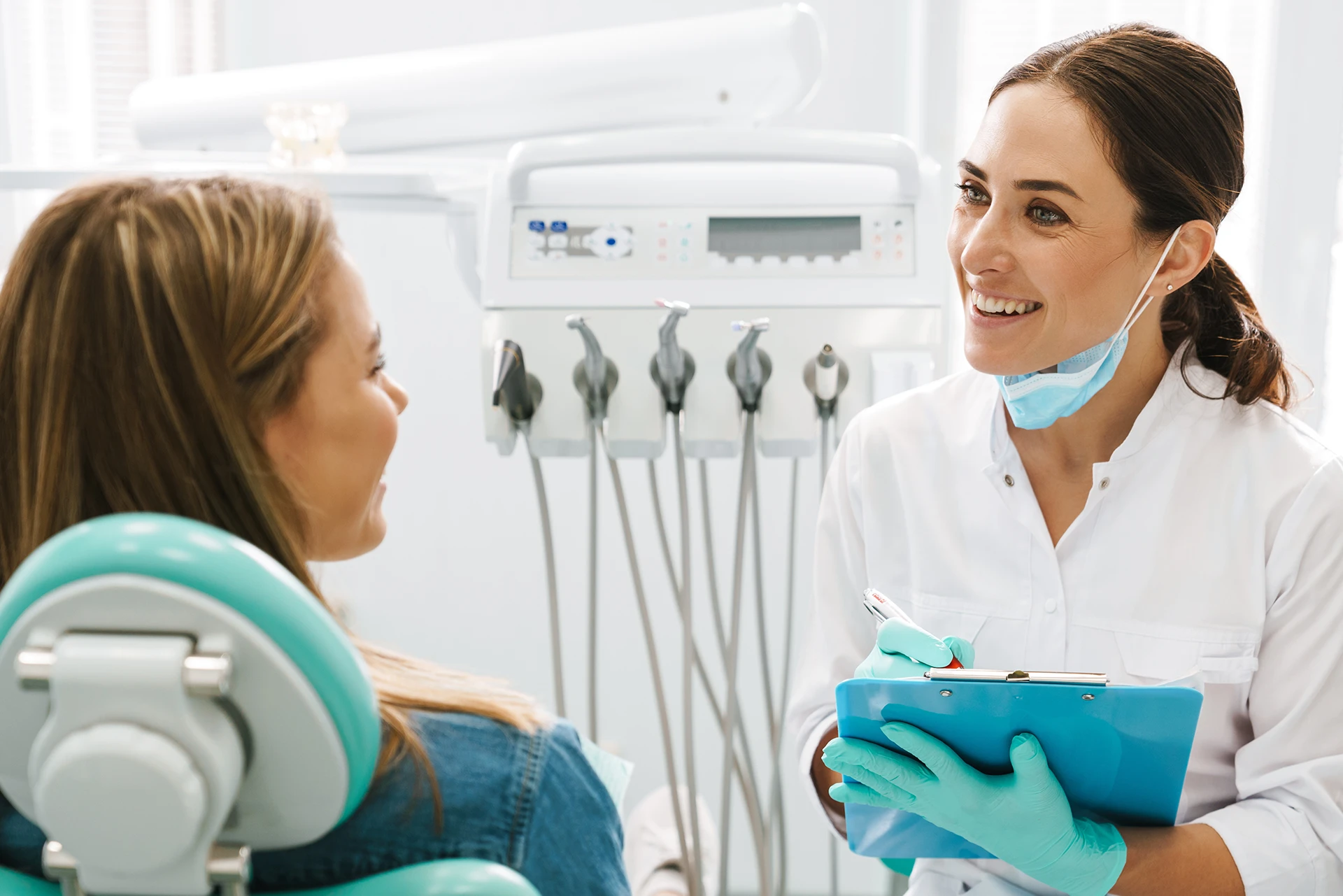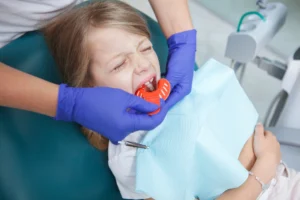In full-arch and multi-unit restorative dentistry, the difference between success and complication often comes down to one word: passivity.
A passive fit is the foundation of every predictable restoration. It ensures that the prosthesis seats without strain, transmits no unintended force to the implants, and maintains biological harmony over time. Achieving that passivity has historically been one of the most difficult challenges in restorative practice.
Today, with digital capture through photogrammetry, the passive fit is no longer a best-case outcome. It is an expected result.
Why Passivity Matters
In any implant-supported restoration, precision determines performance. Even microscopic discrepancies between the prosthesis and the implant interface can introduce mechanical tension. Over time, those forces may lead to screw loosening, component fatigue, or biologic complications such as bone resorption and inflammation.
When a prosthesis does not seat passively, every function such as chewing or speaking amplifies those stresses. The structure compensates where it should not have to, and the surrounding tissue absorbs the consequence.
Passivity is therefore more than mechanical perfection. It is biological protection. It safeguards the integration site, preserves peri-implant health, and ensures that each implant functions as designed.
The Limitations of Analog Precision
For decades, achieving a passive fit relied on analog techniques that demanded extraordinary manual skill. Physical impressions, verification jigs, and stone models introduced small but compounding distortions.
Each material such as impression silicone, plaster, or resin behaves differently under temperature and humidity. Every pour and every transfer carries a margin of error. Even under ideal conditions, achieving a truly passive framework requires multiple verification steps, trial fittings, and manual adjustments.
The result is not only time-intensive but uncertain. Even the most experienced clinicians accept a degree of variability, recognizing that “close” is often the best that analog methods can provide.
How Photogrammetry Changes the Equation
Photogrammetry eliminates the guesswork.
Rather than relying on physical materials, it captures the exact spatial relationship of multiple implants through light and computation. Each scan generates a precise three-dimensional map of the implant positions with micron-level accuracy.
That accuracy translates directly to the design phase. The digital model becomes a true representation of the patient’s anatomy and implant geometry, allowing the framework to be fabricated with total confidence in its fit.
When the prosthesis is delivered, it seats without tension. There is no rocking, no adjustment, and no stress transferred to the implant body or surrounding bone. The result is a restoration that performs predictably from the first load to long-term function.
From Complexity to Consistency
Full-arch and multi-unit cases have traditionally carried the highest risk for inaccuracy. The more implants placed, the greater the chance of minor positional errors accumulating across the span.
Photogrammetry neutralizes that risk. Each implant position is captured independently but aligned within the same digital coordinate system, maintaining exact spatial fidelity across the arch.
That consistency allows clinicians to manage even the most complex rehabilitations with confidence.
Whether the restoration involves four implants or twelve, the fit remains precise. For the laboratory, the workflow becomes faster and more reliable. For the patient, the experience is smoother, with fewer appointments and adjustments.
Mechanical Stability and Biological Integrity
A passive fit is not only about mechanical contact. It is about biological balance.
When stress is removed from the implant interface, micro-movements are minimized, soft tissue stability improves, and the long-term health of the peri-implant environment is protected. The prosthesis becomes an integrated extension of the treatment plan rather than a source of potential strain.
Clinicians who transition to digital workflows often observe an immediate difference in post-delivery outcomes. Screw loosening decreases. Occlusal adjustments become minimal. Follow-up appointments are reduced to true maintenance visits rather than correction sessions.
Each of these improvements reinforces the same principle: accuracy protects biology.
Efficiency Through Certainty
Precision has always been the goal, but predictability is what makes it scalable.
When every scan produces an accurate digital model, the downstream process becomes consistent. Communication with the lab is simplified. Design iterations are faster. Delivery appointments become shorter.
In practices that integrate photogrammetry, complex cases often move from provisional to definitive restoration in fewer total appointments. Depending on in-house printing capabilities, clinicians can confidently load the same day or the next day, knowing the fit will be correct.
This level of efficiency reduces operational stress while maintaining clinical excellence. It defines the modern digital workflow.
The New Standard of Fit
Photogrammetry does not replace clinical skill. It amplifies it. It provides the data integrity that allows experienced clinicians and technicians to deliver restorations that perform exactly as intended.
In a profession where precision is measured in microns, eliminating analog distortion is more than convenience. It is progress.
Every restoration that seats passively is a demonstration of control. It reflects the integration of biology, technology, and design working in alignment.
The passive fit is no longer a challenge reserved for ideal cases. With photogrammetry, it is the new standard for every case.
Why Incisive Uses ICam Photogrammetry
Not all photogrammetry systems deliver the same level of precision. In selecting our platform, we evaluated consistency, repeatability, and integration across complex full-arch workflows. ICam demonstrated superior accuracy and reliability under clinical conditions.
Independent comparisons have shown ICam’s four-camera optical architecture to produce sub-five-micron precision across multi-implant spans. The system maintains trueness even in challenging intraoral environments where smaller, two-camera designs may lose spatial alignment.
Alternative systems such as Shining 3D’s Grammetry and Micron Mapper perform adequately for simpler restorations but show greater variance in full-arch applications. In complex cases, that variance translates into additional adjustments and chair time.
ICam’s stability, repeatability, and speed provide a clear advantage. It allows us to capture data once, design confidently, and deliver restorations that seat passively the first time.
Although it is the most expensive photogrammetry unit on the market, Incisive covers that investment. Our clients benefit from the precision without absorbing the cost, ensuring every digital case begins with the most accurate data possible.
Bring Predictability to Every Case
Precision does not need to be complex. With Incisive, every practice can access the accuracy and speed of photogrammetry-based digital workflows.
Discover how our digital platform helps clinicians achieve consistent, passive fits and streamlined restorations from capture to delivery.
Connect with us to learn how a fully digital workflow can transform your restorative outcomes.



